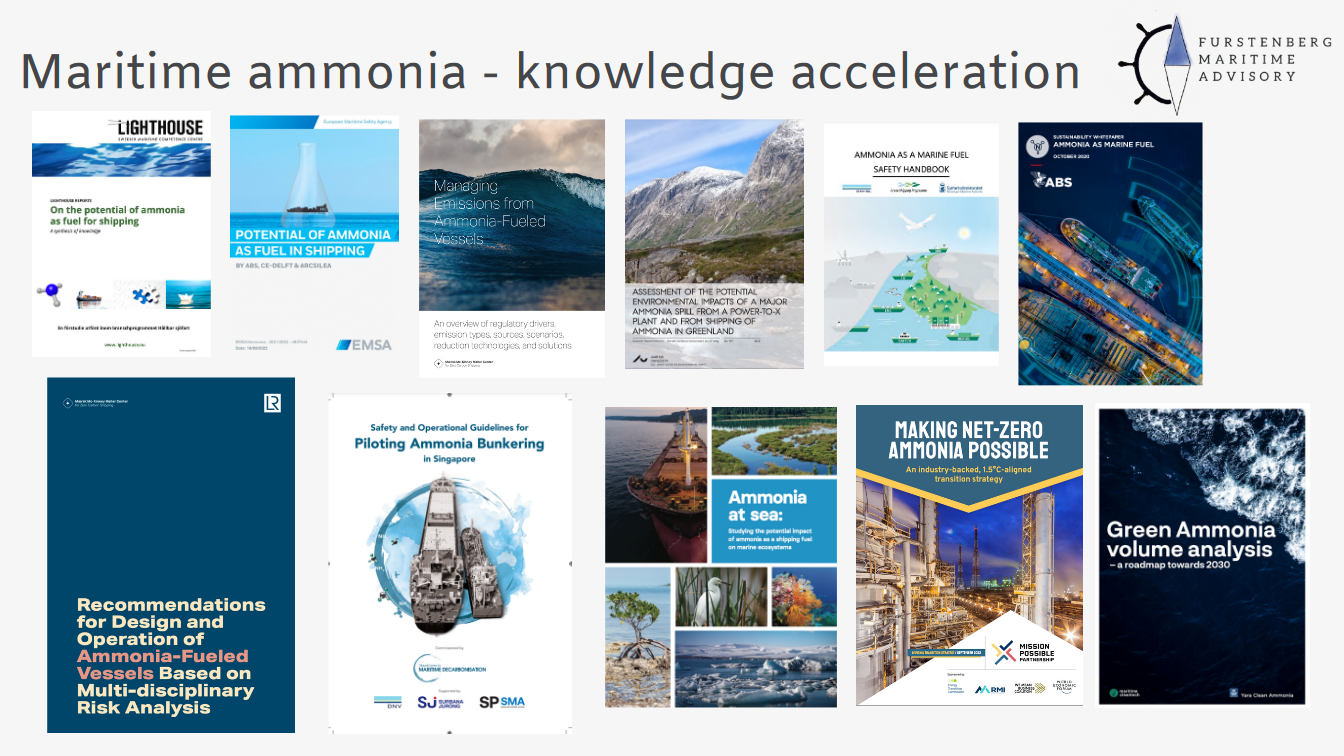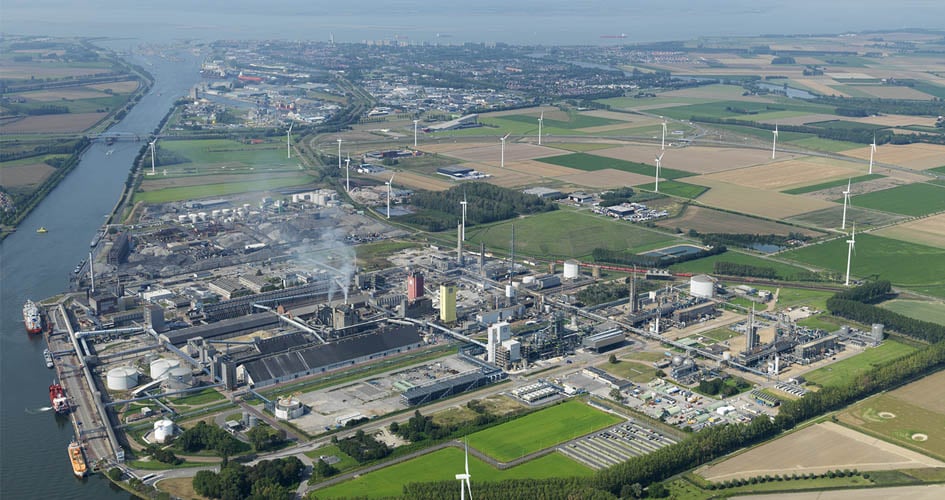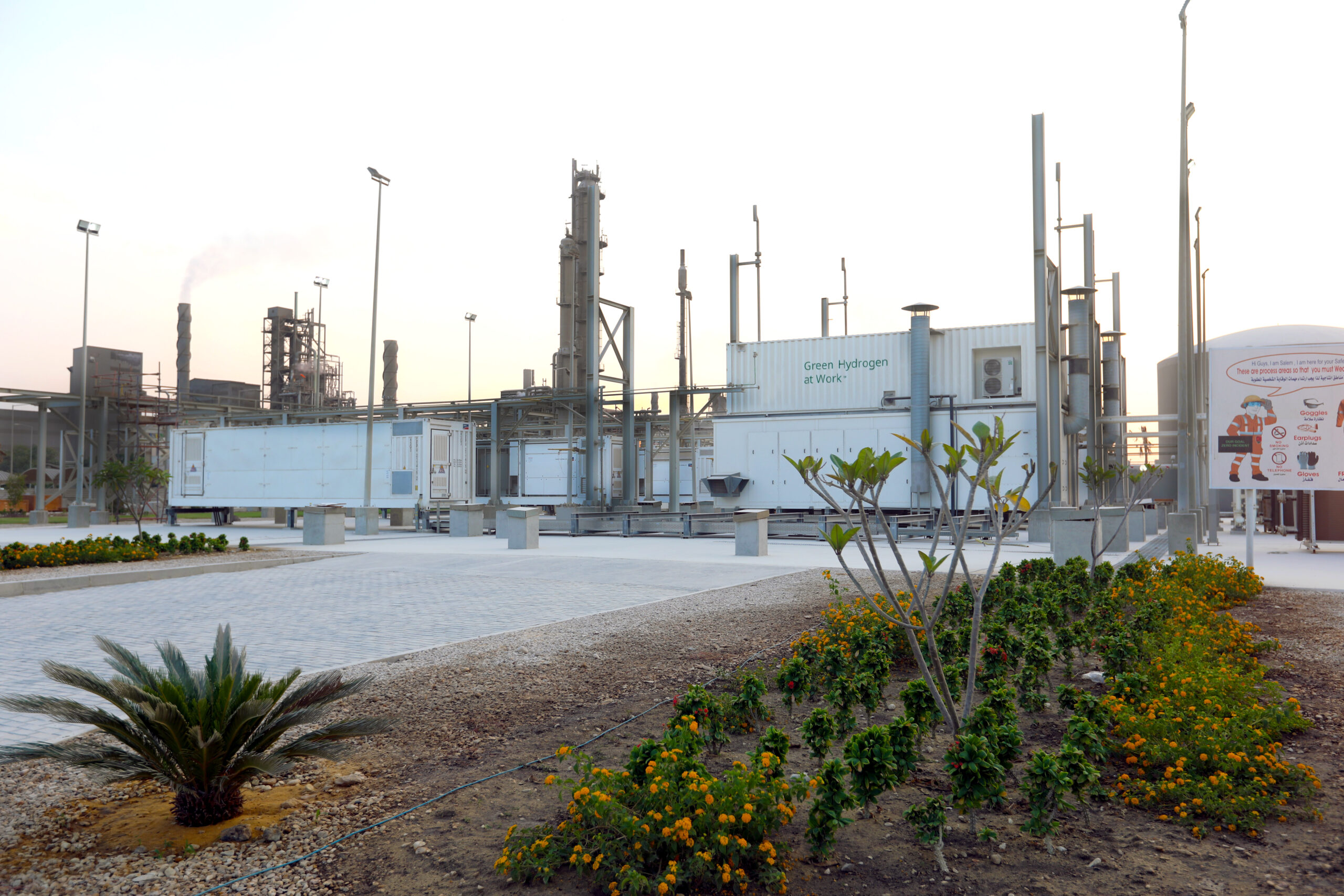Ammonia cracking: demonstration onboard an operating vessel, test plant opens in the UK
H2SITE successfully used its membrane-based ammonia cracking technology coupled with a PEM fuel cell to power auxiliary services onboard the BERTHA B as it sailed along the Gulf of Biscay. In the UK, AFC Energy will continue validation of a 140 kg-per-day demonstration plant, featuring its modular ammonia cracker technology.








